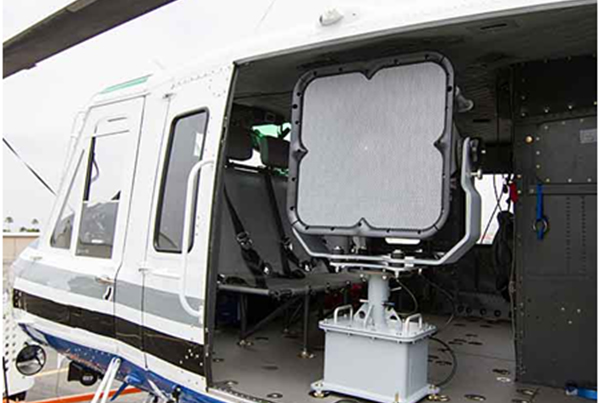Physics of sound
WHAT IS SOUND?
- • Sound is the periodic pressure changes caused by the vibration of molecules in solid, liquid and gaseous environments.
- • Molecules vibrate by transferring energy to each other.
HOW IS THE SOUND FORMED?
Due to sound is a type of energy, it needs an energy source in its voice, as it is in all types of energy. The source where the energy that will initiate the vibrational movement in air molecules is produced is called the diaphragm. The kinetic energy provided is transferred to the air molecules after the diaphragm. It allows air molecules to move back and forth. These reciprocating movements occur in the linear spring motion logic. In other words, molecules moving during the transmission of sound perform linear simple harmonic motion. Thus, molecules transfer their energy to each other.
WHAT DOES FREQUENCY, WAVELENGTH, AMPLITUDE MEAN?
Vibrating air molecules have frequency, wavelength and amplitude in the harmonic motion created by the transmission of sound by air molecules. So what do these concepts mean?
The frequency of sound refers to the number of vibrations per second of molecules to which energy is transferred.
We have indicated that air molecules perform a back and forth linear motion while vibrating. The length of the reciprocating motion is expressed as amplitude. Its amplitude depends on the maximum length in the periodic motion. It is half the distance from the wave crest to the trough.
As a result of the effect of molecules moving back and forth during the vibration of air molecules, instantaneously increase pressure in some areas and decrease pressure in some regions in the air molecules. Wavelength is the distance between two wave crests in which the pressure increases simultaneously or two wave hollows where the pressure decreases simultaneously. Unlike wavelength, frequency and amplitude, it is a result of the holistic effect created by vibration.
INTENSITY OF SOUND (W)
W = j / s
In short, it is the amount of sound transferred in one second.
Among the concepts related to sound, the concept that directly affects the power of the sound is the amplitude of the sound. The greater the energy of the sound, the greater the path the air molecules take during the tidal movement. Therefore, we can say that the amplitude of the sound is directly proportional to the strength of the sound. Its unit is decibels.
Deci = 1/10 Tenths of a unit
dB = 10 log (intensity of sound wave/10-12)
10-12 W/m2 = represents the hearing threshold of the human ear. It is the lowest sound intensity that the human ear can hear.
The decibel unit is simply the ratio of the current sound pressure to the lowest audible sound pressure.
SOUND INTENSITY (W/ m2)
It is the amount of sound intensity that passes through a certain area in one second.
Sound intensity = power / area = W / m2 = J / s.m2
SOUND SPREADS SPHERICALLY. ITS AREA OF INFLUENCE IS QUITE WIDE.
We mentioned before that molecules in the environment vibrate during the transmission of sound. During this interaction, as in every process, the LAW OF CONSERVATION OF ENERGY applies.
SO HOW DOES THE SOUND DIMINISH AND DISAPPEAR IN SUCH A SITUATION
We mentioned before that molecules in the environment vibrate during the transmission of sound. During this interaction, as in every process, the LAW OF CONSERVATION OF ENERGY applies.
E in = E out
So how does the sound diminish and disappear in such a situation?
We know from the formula above that there is no disappearance. there is a transformation.
100% efficiency is not possible in any conversion. Some of the energy that the system has is transformed into a different form.
Ekinetic Energy + E thermal Energy = SABİT
During the transmission of sound between molecules, a very low level of energy passes into the form of heat, so it loses its kinetic energy. Thus, the sound becomes inaudible with the effect of decreasing mechanical energy.
Ekinetic Energy + E therma Energy = SABİT
The other main reason the sound decreases with increasing distance;
When we were describing sound intensity, we talked about that it is the intensity of sound passing through a field in a second. We also know that sound is spreading spherically. Given these two information;
As sound spreads spherically, the larger the volume on which the intensity of the sound has an effect, the lower the density. The decreasing sound intensity also decreases the loudness of the sound.
Consequently, the sound decreases with increasing distance.

Mechanical energy → Thermal energy
IMPACT OF SOUND POWER IN THE WORLD
EARTHQUAKES; (infrasonic) Sound power occurs subsonic in earthquakes. Waves with low frequency and high wavelength that occur in the ground layer create great destructive effects on the ground. In the reports created after the earthquake, the sounds coming from underground and air during the earthquake were recorded.
It is understood that these sounds emerge as a result of the earth's transformation of energy, as in lightning and lightning events.

LRAD -LongRangeAcoustic Device
ULTRASOUND:Ultrasonic devices are among the devices we use by taking advantage of the reflection feature of sound waves. The sound waves produced by these devices are sound waves that people cannot hear. It was designed inspired by the ability of bats to find their prey with sound.
The working principle of these devices is based on the reflection of sound waves from different tissues and organs. The reflected sound waves are processed in a computer and converted into images.
As it turns out, sound waves have a fairly powerful energy. All of these show that research on sound will intensify in the coming years.
